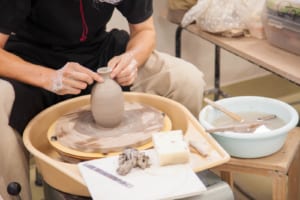From Earth to Table: Discovering Authentic Japanese Ceramics
A timeless art form redefining table culture—and how platforms like Japan Classic connect it to the world
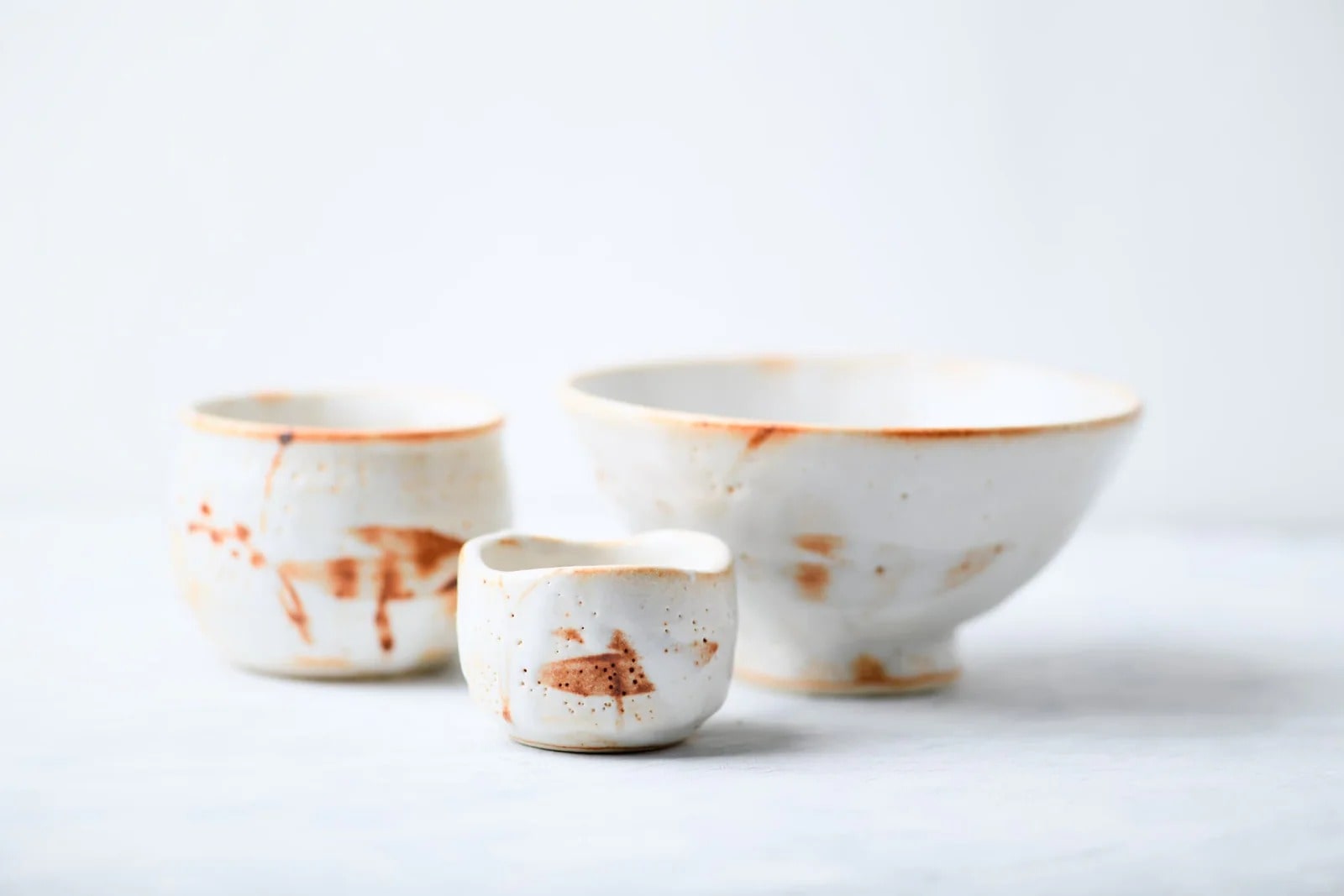
In an age of mass-produced tableware, authentic Japanese ceramics stand apart as works of quiet beauty and deep craftsmanship. Each piece tells a story—of earth and fire, of generations of artisans refining their techniques, and of an enduring philosophy that values imperfection, texture, and human touch. To hold a handmade bowl or cup from Japan is to hold centuries of culture and care.
Today, this craft is captivating people around the world—from design-conscious home cooks to restaurant owners and collectors—who are rediscovering the timeless appeal of genuine Japanese ceramics.
*Please note that this article contains affiliate links.
1. The Story of Japanese Ceramics
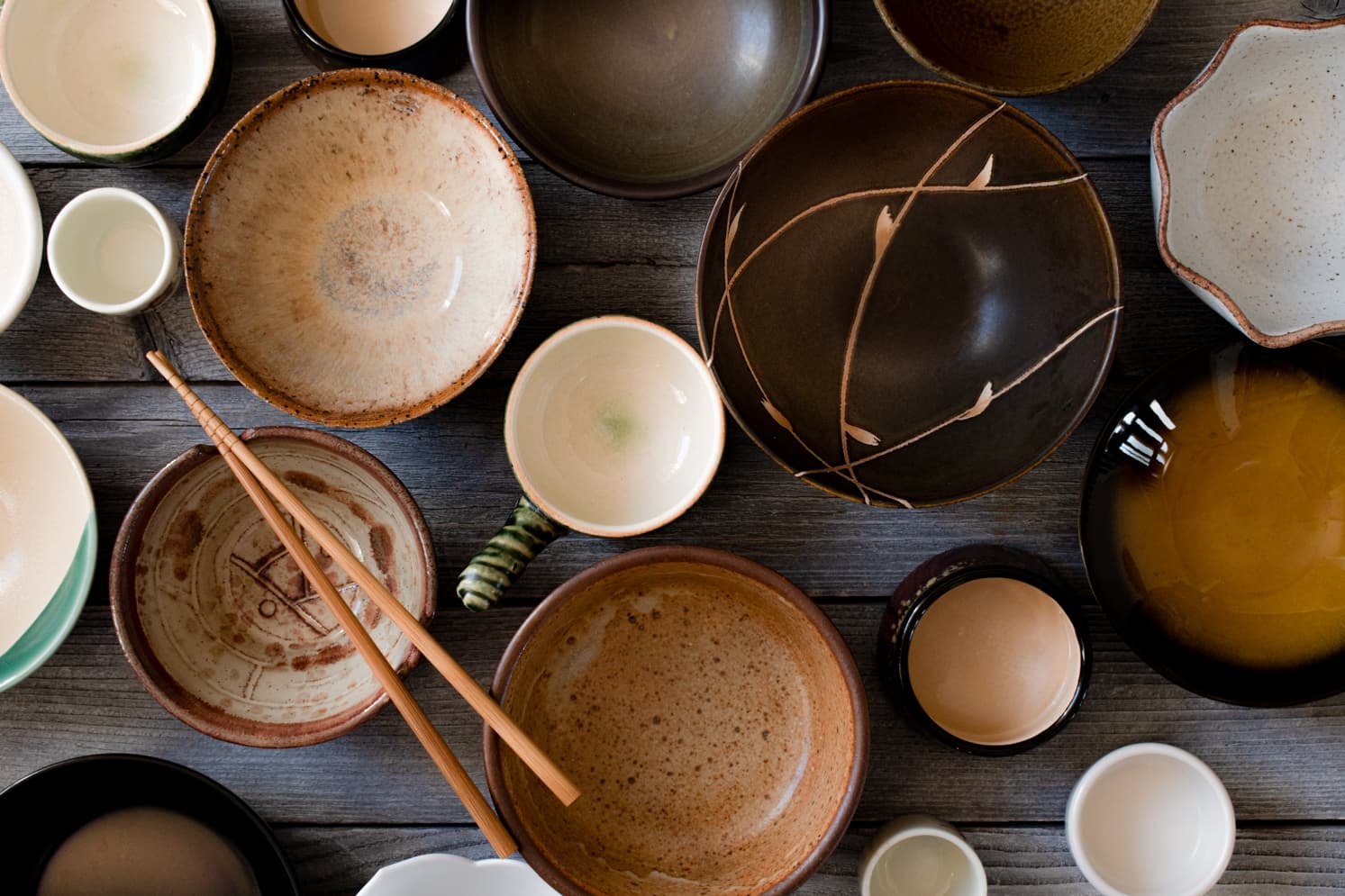
Japanese ceramics have a history that spans more than 10,000 years, beginning with the Jōmon period when clay vessels were shaped by hand and decorated with rope impressions. Over time, new techniques from China and Korea inspired Japan’s own unique evolution—wheel-throwing, high-temperature firing, and the rise of kiln towns across the country.
By the 16th century, during the golden age of the tea ceremony, pottery became art. Philosophies like wabi-sabi—the beauty of imperfection—deeply influenced potters. What began as practical tableware turned into a canvas of spirituality and aesthetic exploration, where even the smallest tea cup reflected the spirit of its maker.
2. What Makes Japanese Ceramics Unique
Every authentic piece of Japanese pottery carries the marks of both nature and human intention.
- Natural materials: Local clays rich in minerals create unique colours, scents, and textures.
- Regional individuality: Japan’s diverse geography has given rise to distinctive ceramic towns, each with its own character.
- Aesthetic philosophy: Subtle glaze drips, uneven edges, and kiln marks are celebrated as expressions of life, not flaws.
- Functional beauty: Japanese ceramics are made to be used, enhancing the act of eating and drinking itself.
It’s this harmony between art and everyday life that gives Japanese ceramics their enduring appeal.
3. Types & Styles You Might Encounter
Japan is home to dozens of regional styles, but here are six that represent its rich diversity:
Arita Ware (Saga Prefecture)

Japan’s first porcelain, created in the early 17th century. Arita ware is known for its bright white base and vivid cobalt blue designs—often featuring motifs of nature and geometry. It was among the first Japanese porcelain exported to Europe.
Hasami Ware (Nagasaki Prefecture)
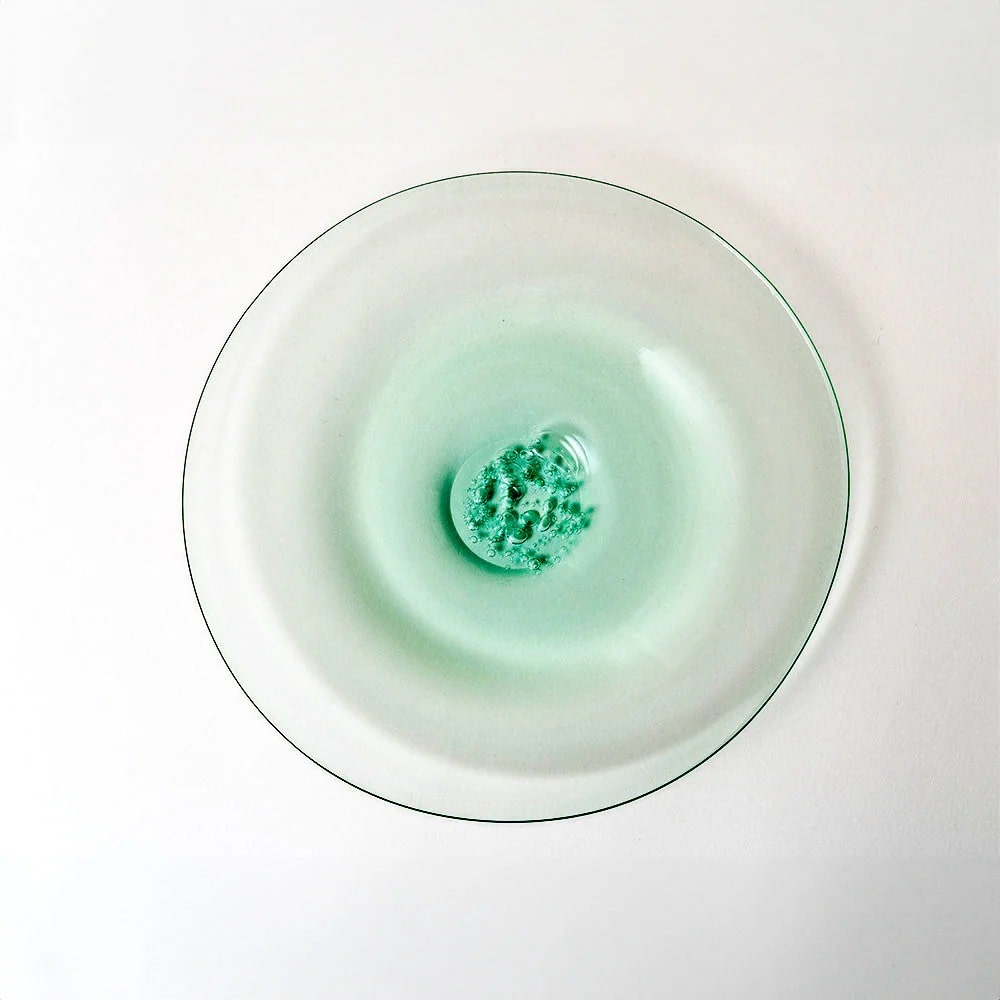
Simple, functional, and affordable, Hasami ware is designed for daily use. Its clean lines and subtle glazes make it ideal for modern dining, blending minimalism with Japanese warmth.
Mino Ware (Gifu Prefecture)

Home to styles such as Shino, Oribe, and Setoguro, Mino ware showcases Japan’s love of experimentation. Each piece reflects a balance of rustic charm and artistic expression.
Shigaraki Ware (Shiga Prefecture)
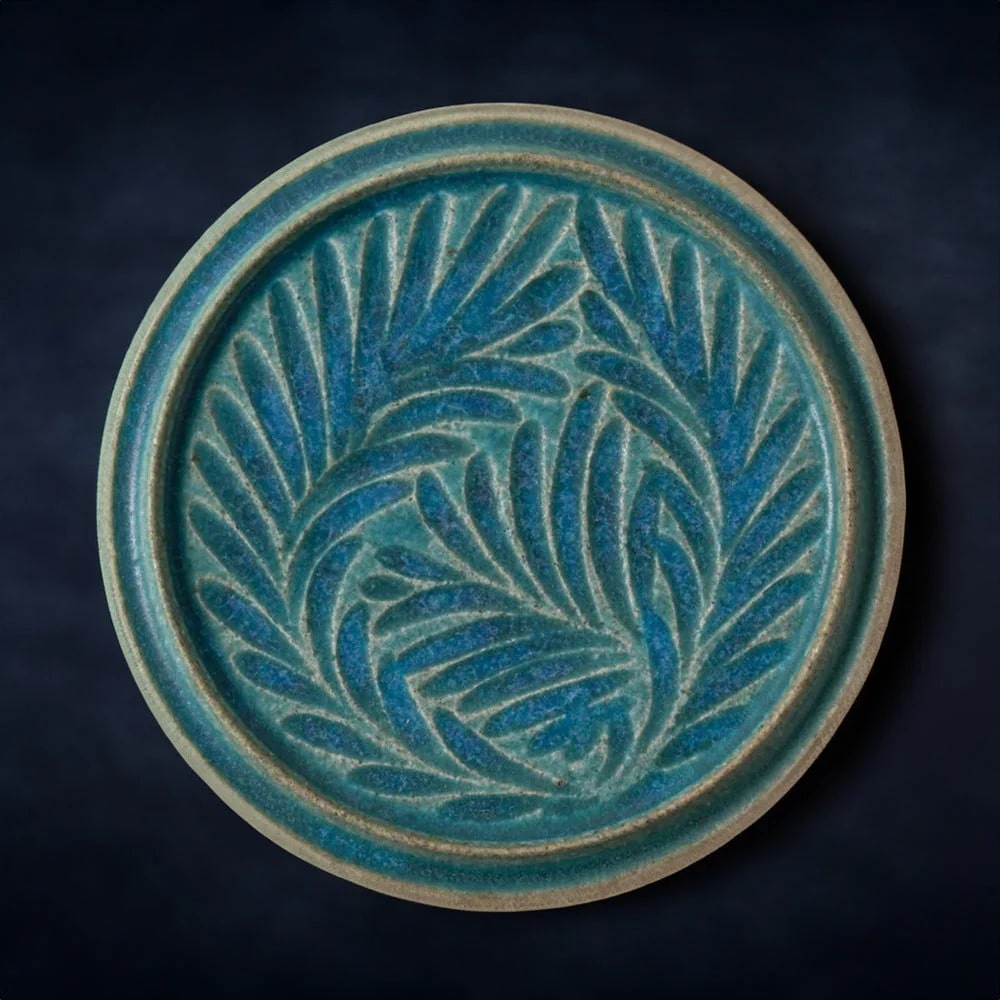
One of Japan’s oldest pottery traditions, Shigaraki ware uses coarse clay rich in feldspar, creating natural blush tones and textures caused by wood-ash firing.
Seto Ware (Aichi Prefecture)
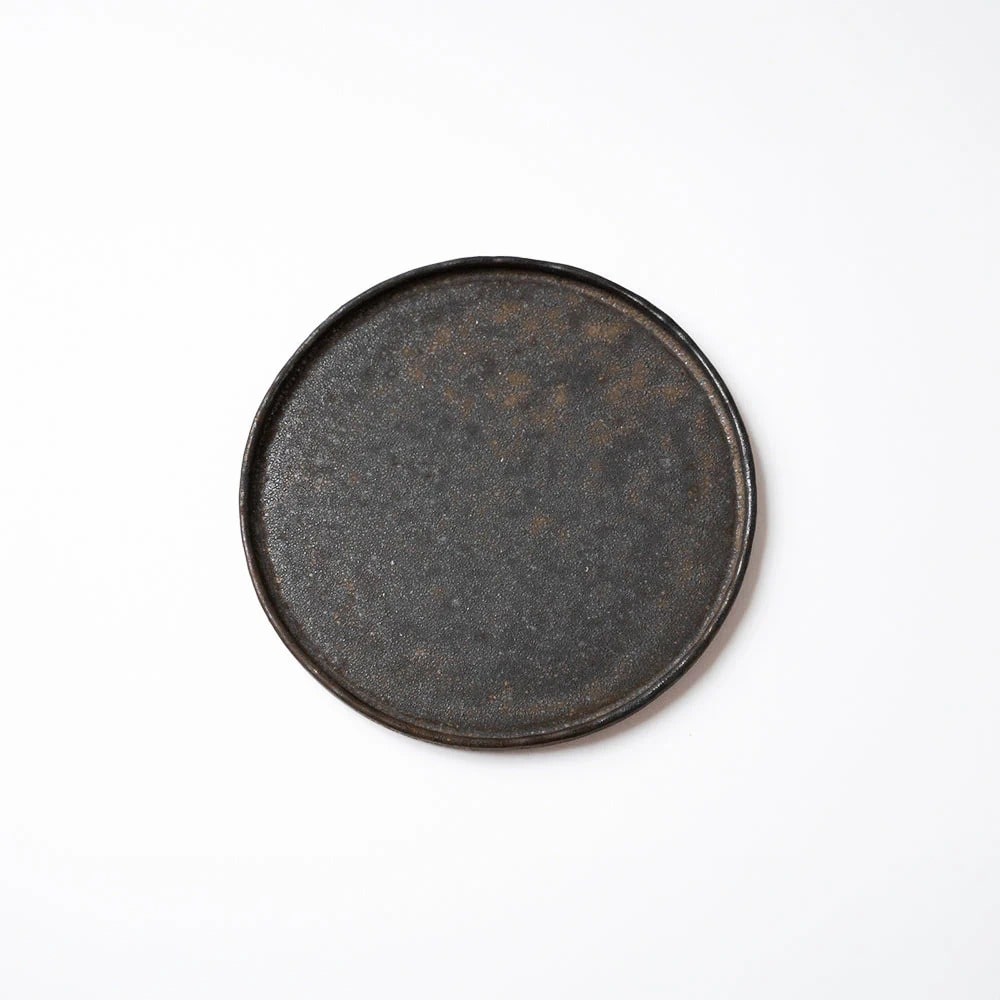
So synonymous with ceramics that the word setomono became the general term for pottery in Japan. Seto ware is known for its versatility and pioneering use of glaze techniques.
Kasama Ware (Ibaraki Prefecture)
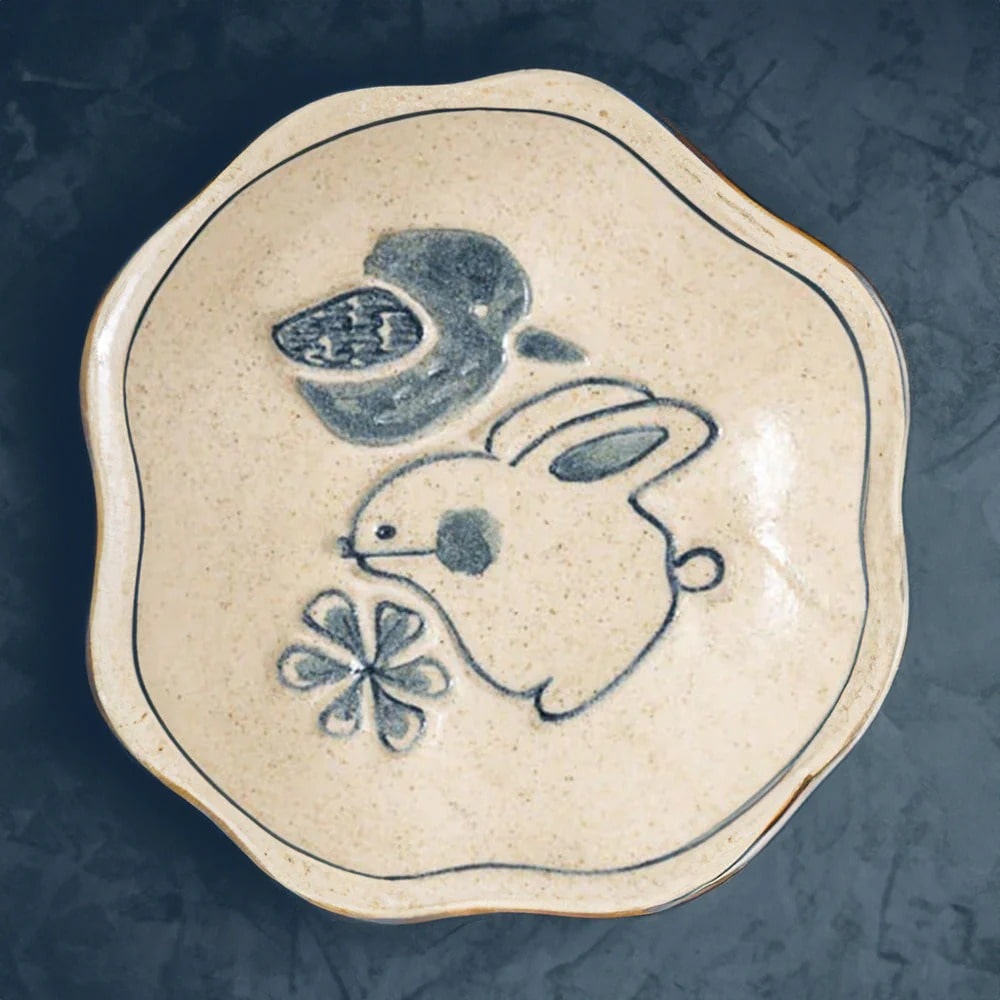
Often handmade in small batches, Kasama ware combines traditional firing methods with contemporary design, making it a favourite among modern potters and collectors.
Each of these regions represents a living dialogue between soil, fire, and human creativity—a conversation you can see and feel in every vessel.
4. How to Tell Real from Mass-Produced or Mis-Labelled Ceramics
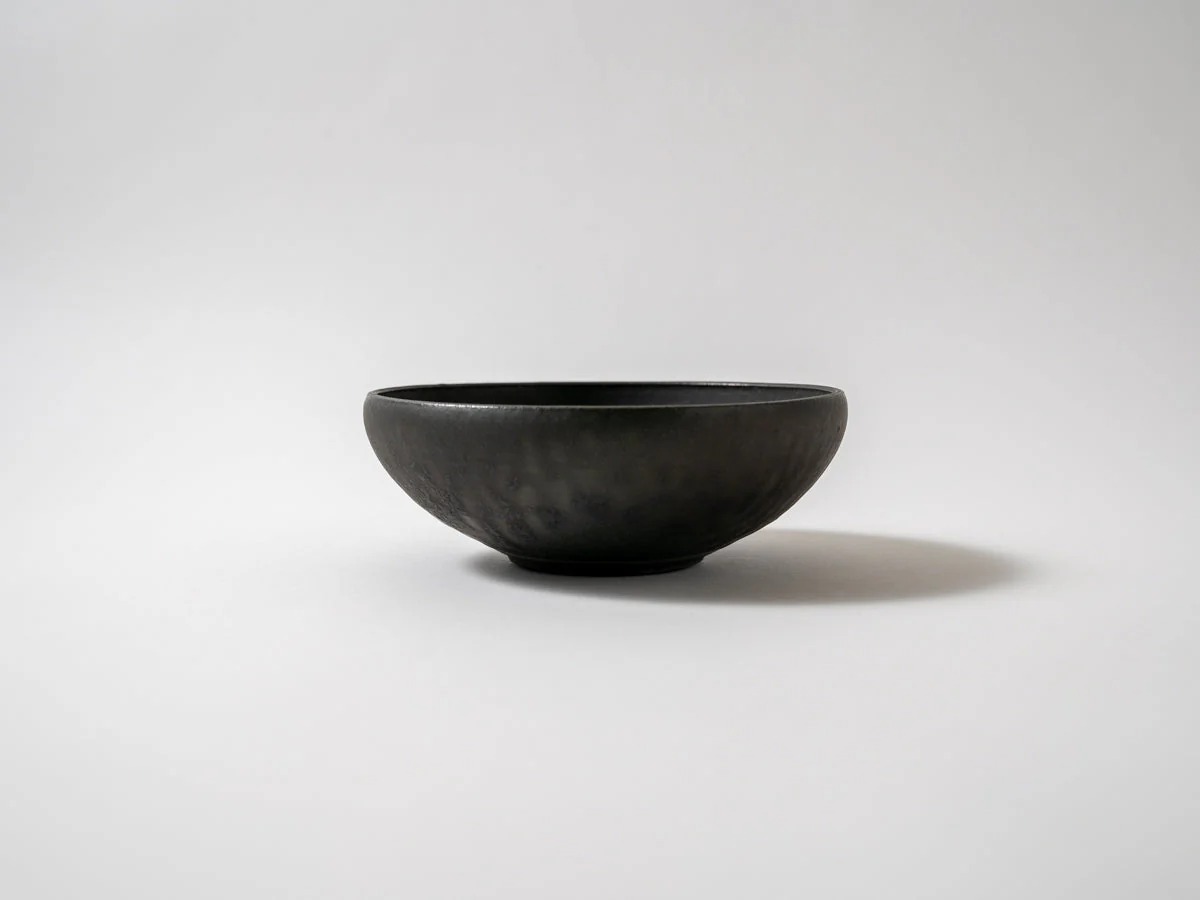
With the growing popularity of “Japanese-style” tableware overseas, it has become difficult to distinguish genuine artisan pieces from mass-produced imitations. Here’s how to spot the difference:
- Material & fragrance: True ceramics often carry a natural, earthy scent from fired clay, unlike cheaper products that may smell synthetic due to chemical glazes.
- Texture & weight: Authentic pottery feels alive—its surface slightly irregular, with subtle kiln marks and unique balance.
- Artisan signature: Genuine works usually include the potter’s name or kiln mark, ensuring traceability and respect for the maker.
- Cultural value: Purchasing real ceramics sustains Japan’s craft heritage and provides fair compensation to artisans.
- Experience: Drinking tea from an artisan cup or dining from a handmade plate adds warmth that mass-production simply can’t replicate.
5. Crafting a Global Table with Genuine Japanese Ceramics
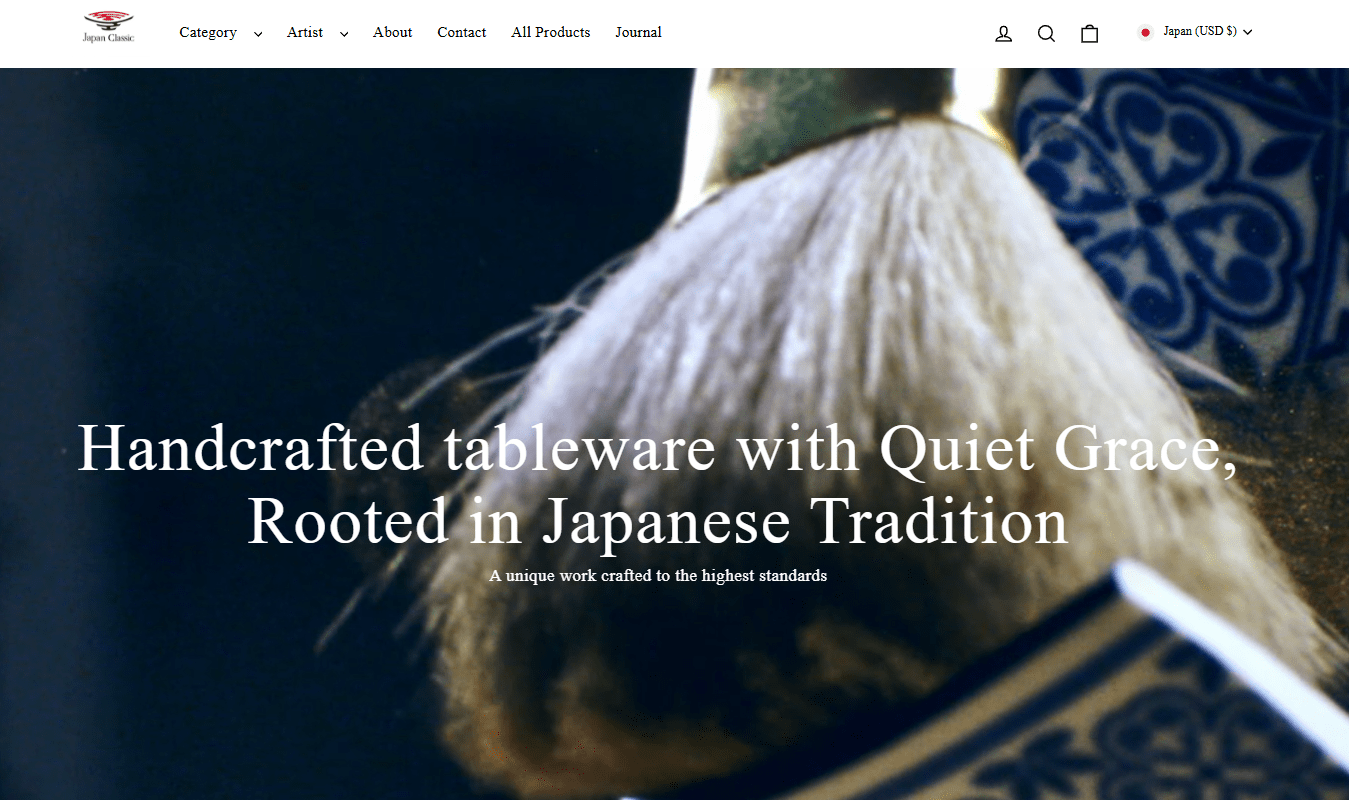
As authentic Japanese ceramics attract worldwide attention, Japan Classic has emerged as one of the very few e-commerce platforms dedicated exclusively to sharing 100% made-in-Japan artisan pottery with overseas customers.
This refined online store is not available within Japan—it was created entirely for international buyers who appreciate craftsmanship, transparency, and cultural depth.
What Makes Japan Classic Special
For Individuals and Professionals
Japan Classic serves not only personal customers but also overseas restaurants led by Western chefs. Orders from select shops across Europe and the U.S. are also increasing, reflecting growing global recognition of Japanese tableware.
A Refined Shopping Experience
The website is thoughtfully designed, allowing customers to search ceramics by type, region, price range, shape, colour, and artist—making it easy to explore Japan’s craftsmanship without barriers.
100% Made in Japan
Every item is ethically handcrafted by carefully selected artisans across Japan. None are mass-produced elsewhere, ensuring each piece retains its authentic origin.
100% Customs Duty Credit
Any customs duties or clearance fees paid upon delivery are fully refunded as store credit, giving customers peace of mind when ordering from abroad.
Full Refund Guarantee
Easy returns within 7 days with free return shipping and a full refund—a rare policy among international craft retailers.
International Shipping
Flat-rate 20 USD worldwide, and free for orders over 118 USD. Japan Classic partners with EMS and other trusted carriers to provide safe, reliable delivery at rates significantly lower than standard pricing.
Through this model, Japan Classic ensures that Japan’s artisans receive fair recognition while allowing international buyers to experience genuine Japanese ceramics without compromise.
Why Authentic Ceramics Matter More Than Ever

In a world where convenience often overshadows craftsmanship, Japanese ceramics remind us of the value of touch, time, and tradition. Each piece carries the soul of its maker—the rhythm of the potter’s wheel, the unpredictability of the kiln, the beauty of imperfection.
Owning an authentic ceramic is not just about aesthetics; it’s about cultural continuity. It means supporting the artisans who keep Japan’s heritage alive, and choosing tableware that invites mindfulness into everyday life.
Thanks to platforms like Japan Classic, that heritage is no longer confined to Japan—it’s becoming part of dining tables, restaurants, and homes around the world.
I hope this article was helpful. Be sure to check out the following articles for related information!
Written by
Born and raised in Costa Rica, I started living in Tokyo from college. I love traveling within Japan & around the world. Since I wasn’t born in Japan, I know the cultural impact that you can get when visiting Japan for the first time and what you might be worried about before your trip. And I’ve lived long enough to somewhat understand the nuances of the Japanese culture that make this country such an attractive place to visit. Hopefully I can provide to you both the information you’re looking for and the information you didn’t know you needed to know.








